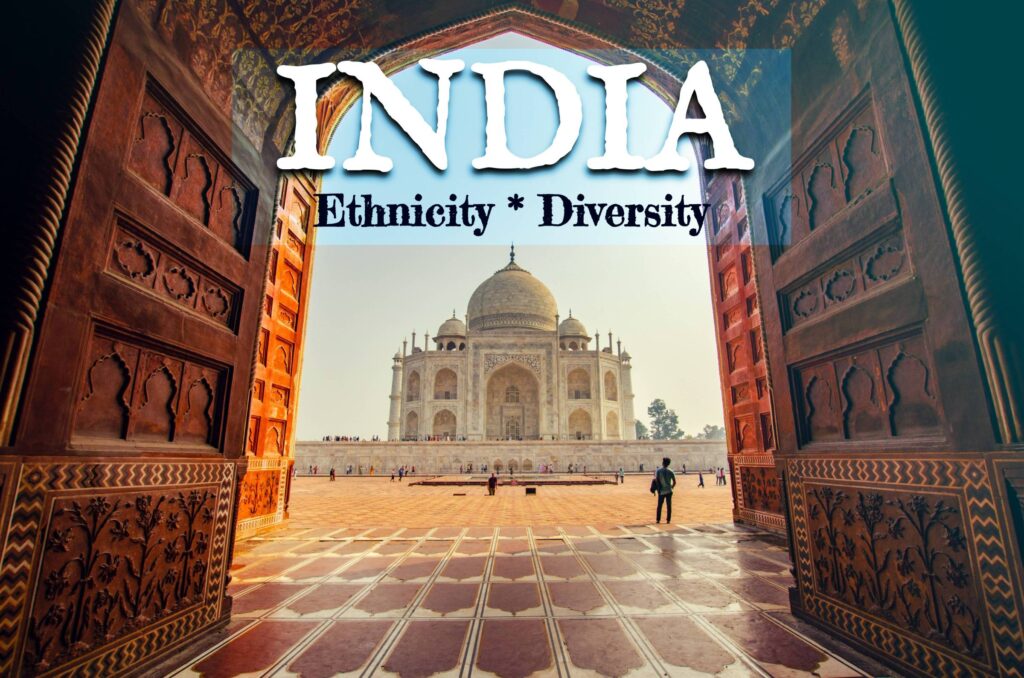"Architecture should speak of its time and place but yearn for timelessness” - Frank Gehry.
It all started when the Mughal King Babar invaded India from his homeland (now Uzbekistan) in 1500 AD. The land of India was soon flooded with the Mughal reign. But before the Mughals left the land of India was gifted with unique and impeccable architectural designs and monuments. Here is the list of some must-visit places in Delhi to experience the Mughal Era.
Welcome to
ONE TICKET PLEASE!
 Hey Folks! I am Kaustubh! Founder of ‘One Ticket Please’ and I welcome you to my website. Here I present you with my travel experiences and adventures. To give exquisite details about the way to reach the destination and also pinpoint the ethnic attractions.
Hey Folks! I am Kaustubh! Founder of ‘One Ticket Please’ and I welcome you to my website. Here I present you with my travel experiences and adventures. To give exquisite details about the way to reach the destination and also pinpoint the ethnic attractions.
1. Jama Masjid
Situated in the heart and soul of Purani Delhi is the famous and one of the largest mosques in India- The Jama Masjid. The Jama Masjid is a landmark to one of the most distinct places in Delhi and is surrounded by all the unique historical Mughal sites in India. Consequently, the mosque was constructed and completed by Mughal emperor Shah Jahan.
Jama Masjid is made of red sandstone similar to all the other historic monuments in Purnai Delhi. It is also named Majid-I-Jahanuma meaning the mosque which commands the view of the world.
Jama Masjid is renowned for the Friday namaz or prayer. Devotees line up in the red sandstone courtyard where almost 25,000 of them can pray for the blessings at one time. The tower of the Jama Masjid shots out a splendid view of the streets of Purnai (old) Delhi.
Location: Jama Masjid road, Chandani chowk, Old Delhi.
Search our website here !

Explore INDIA
The changing wave of traditions in each part of India makes it even more delightful and fascinating. A journey to incredible India will put an unforgettable and vibrant impression on you forever.
2. Red Fort
The Red Fort often known as the Lal Quila is a beautifully crafted iconic fortress located on the streets of Old Delhi. The Fort basically lies in the vicinity of Jama Masjid. It is considered to be the zenith of the old Mughal creativity which bought a new level of refinements in the construction.
The Lal Quila was constructed by the fifth Mughal emperor of India, Shah Jahan, and named the massive structure after the red (Lal) sandstone used for its construction. This subsequently turned the name of the fortress as the Red Fort.
Most importantly, the Red fort serves as an iconic symbol in the Independence of India as well. Every year the prime minister of India hosts a grand ceremony in the honor of Independence Day and Republic day. The PM addresses the entire nation standing on a gate of Lal Quila beholding a gigantic Indian Flag.
The architectural style of and planning of the Red Fort consequently influenced later the building and gardens in the regions of Rajasthan, Agra, and the rest of Delhi.
Location: Opposite Chandani Chownk, Old Delhi.
3. Humayun Tomb
Humayun Tomb is referred to as the last refuge of the Mughal empire. It was constructed for his widow – Hamida Banu Begum and was completed in 1572. It is located in the easter part of Delhi. Humayun’s Tomb is the most preserved monument of all in the entire Delhi.
The construction of the Tomb is done by red sandstone, basically the structure is red similar to the others.
Location: Opposite Hazrat Nizamuddin Aulia Dargah, New Delhi
4. Lodhi Garden
The 90 acre Lodhi Garden houses two separate Mausoleum of the two separate Delhi rulers namely, Mohammed Shah and Sikander Lodhi. That is where the name is derived from. Similar to the name the Lodhi is a sparking lush green garden located in New Delhi. The Mausoleum is constructed with beautiful Mughal architectural skills, impressive natural beauty, and the structures within echo with the loud prospect of history.
It almost took 500 years of hard work and skills to withstand this prime attraction in the roots of Delhi. The garden is very easy to access and also gives you a direct pass into the green oasis.
Location: Lodhi Estates, New Delhi.
5. Safdarjung Tomb
The Safdarjung Tomb or the Safdarjung ka Maqbara is a Mausoleum constructed of red sandstone and marble in the late 18th century. It was built by Nawab Shujaud Daula who was the descendant of Safdarjung. The Mausoleum is the last monumental garden-tomb that depicts Mughal architecture in modern India. This remains to be one of the most important and popular tourist spots which attract loads of tourists from and outside of India.
Location: Intersection of Safdarjung Tomb and Aurobindo Marg, New Delhi.
6. Qutub Minar
Qutub Minar is the most visited Mughal tourist attraction in the Delhi province. Significantly, there are numerous reasons why this place is such an enduring symbol in Indian history. Qutub Minar is the world’s tallest brick tower which stands at a height of 72.5 meters. It is located in the Mehrauli Archeological Park complex and is showcases one of the finest Islamic Craftsmanship.
The surrounding of Qutub Minar is lit with sparkling green gardens and various other monuments including the Alauddin Khalji’s tomb chamber. According to the historian Ibn Batutta, even the elephants could climb through the passage of Qutub Minar. This explains how Qutubuddin Aibak managed to construct such a tall tower.
Location: Infront of Qutub Minar metro station, New Delhi
7. Purana Qila
Purana Qila or Old Fort is a fortress that stands stoically amidst the wild. The green landscapes touching those ancient walls make the vibe so gratifying. The fortress is constructed on the ground of Indraprastha, the most ancient Delhi and is merely the shape of a rectangle. On the other hand, the Qila circumferences nearly around a two-kilometer area.
Subsequently, it is crowned by three gateways and also, is surrounded by a wide moat that further connects to the Yamuna river. The walls were built by Emperor Humayun which laid the foundation. The work was further carried out by Sher Shah Suri.
Location: Near Delhi Zoo, Mathura Road, Delhi.
8. Jantar Mantar
Jantar Mantar is postulated as an astronomical marvel in the heart of Delhi. It was built by Maharaj Jai Singh II, the emperor of Jaipur, who also constructed other four observatories of the same kind. The rest of them are raised in Jaipur- the biggest one, Ujjain, Varanasi, and Mathura.
This marvel was constructed with the motive to gauge and collate the astronomical charts and movements of planets in the solar system, the sun, and the moon.
The Jantar Mantar has four main instruments namely: Misra Yantra, Samrat Yantra, Jaiprakash Yantra, Rama Yantra. All these instruments are constructed with their own purpose and fulfill important requirements to study the celestial bodies.
Location: Near Patel Chowk Metro Station or Connaught Place, Delhi.
9. Mehrauli Archaeological Park
The serenity around this 200-acre park is so thorough and unique. Most importantly the fact that this small arena houses somewhere near hundreds of important historical structures. Mehrauli park traces its relics back to the Khalji Dynasty, Tughlaq Dynasty, Lodhi Dynasty, and some of the British Raj and the Mughal empire. Monuments that were damaged have now been restored to reflect the original glory of the empire.
Location: Opposite Outub Minar Metro Station, Mehrauli, New Delhi
Happy Travel!




